
Pierre Lurton
President Cheval des Andes

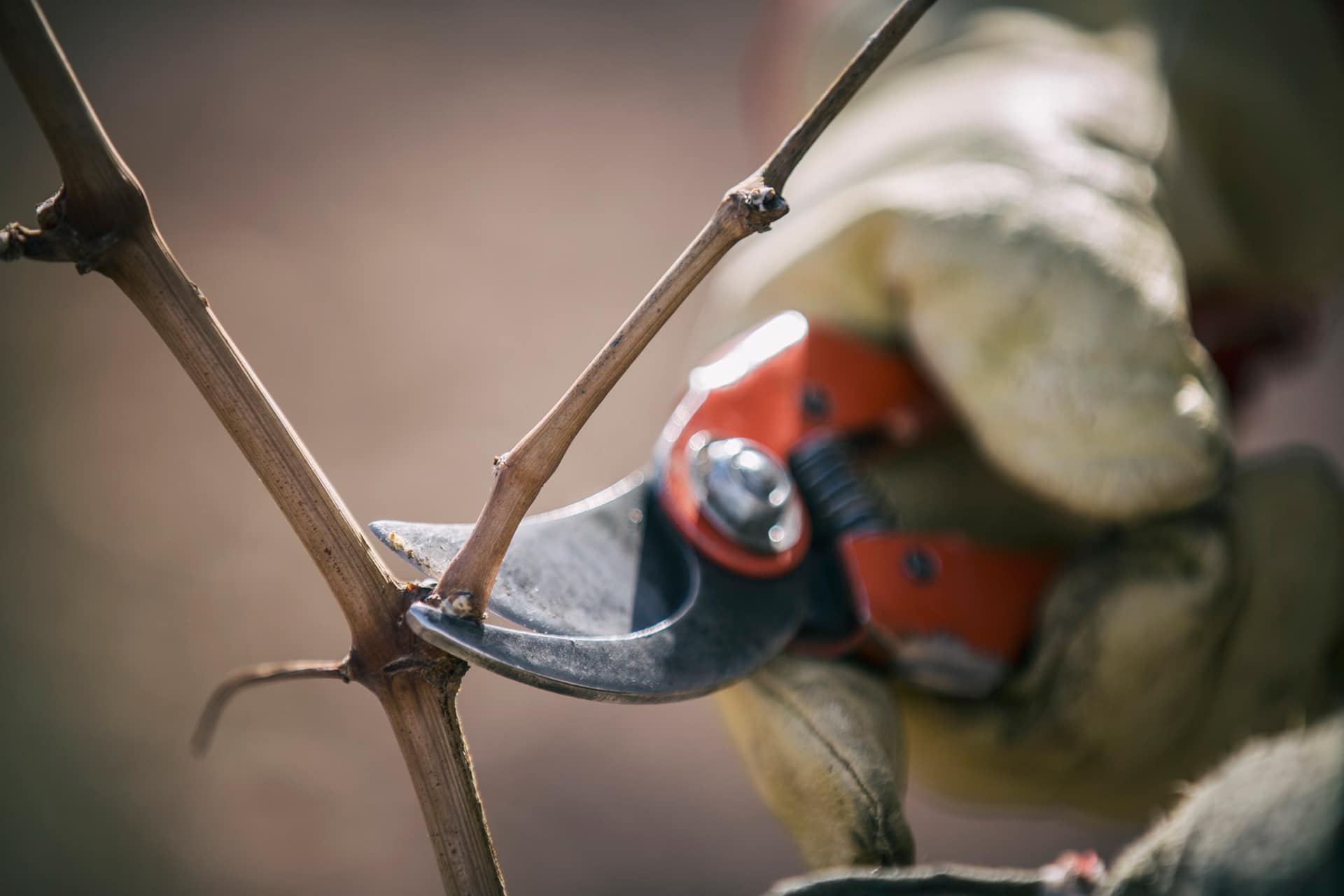
Cheval des Andes creates the Grand Cru of the Andes, distinguished by freshness, elegance and exceptional ageing potential. The winemaking team crafts the finest possible expression of this unique terroir in a given year.

President Cheval des Andes

General Director, Château Cheval Blanc
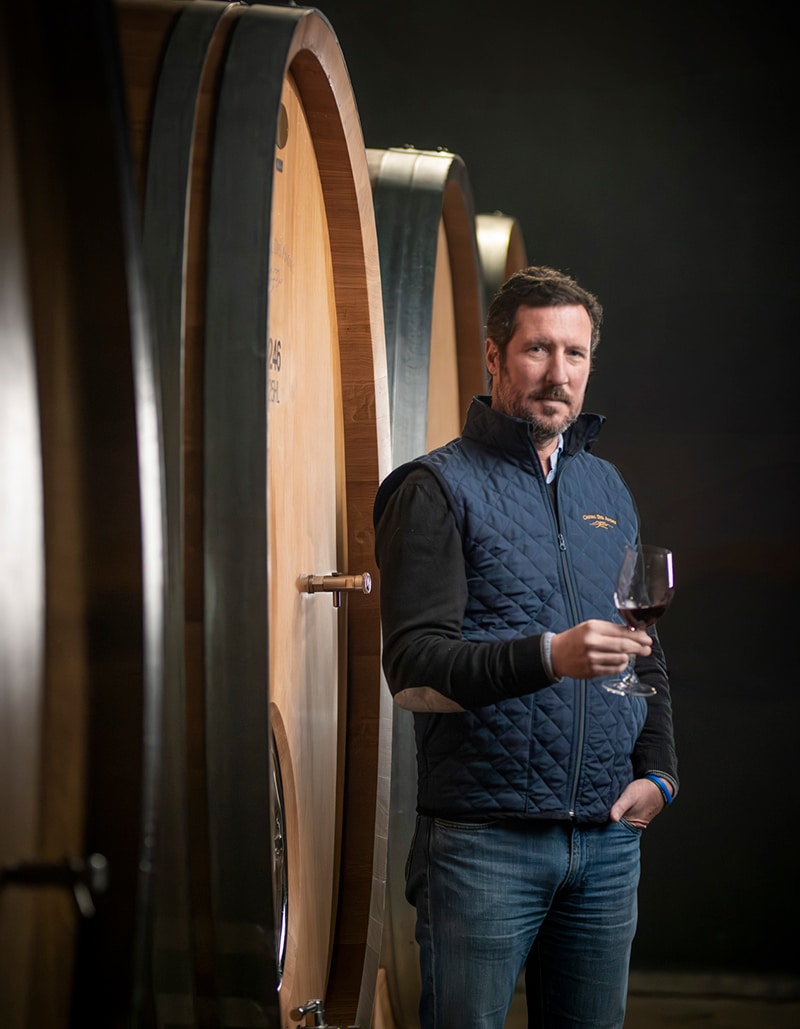
CEO & Head Winemaker
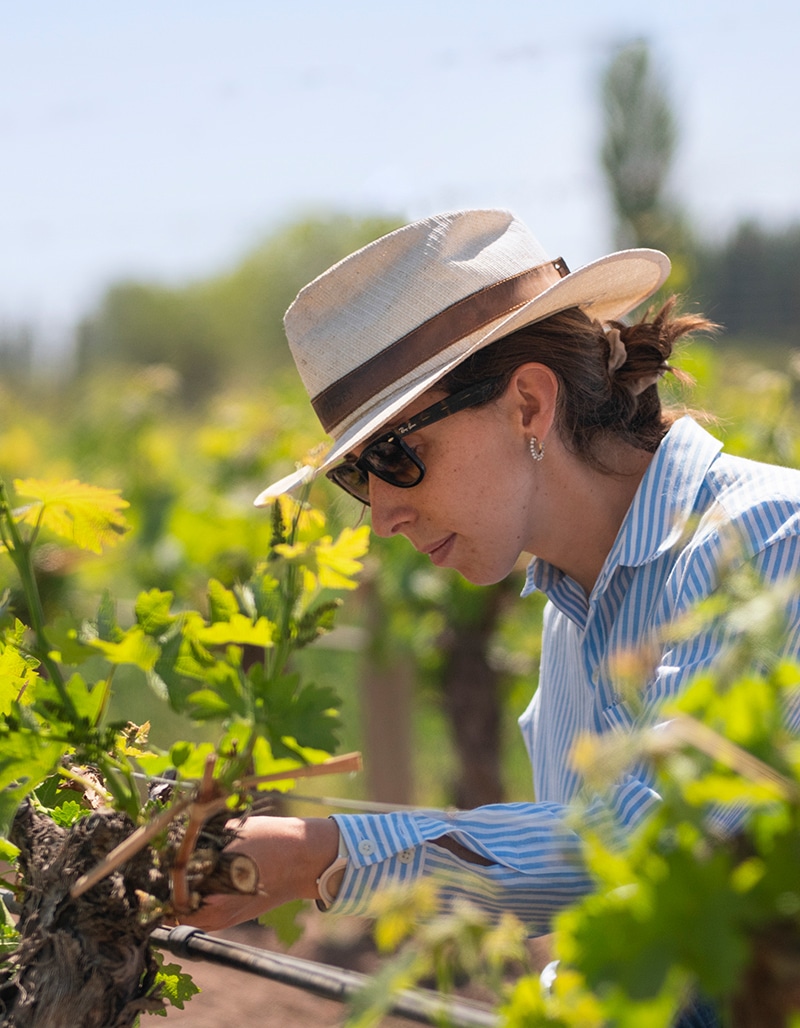
Chef de Culture
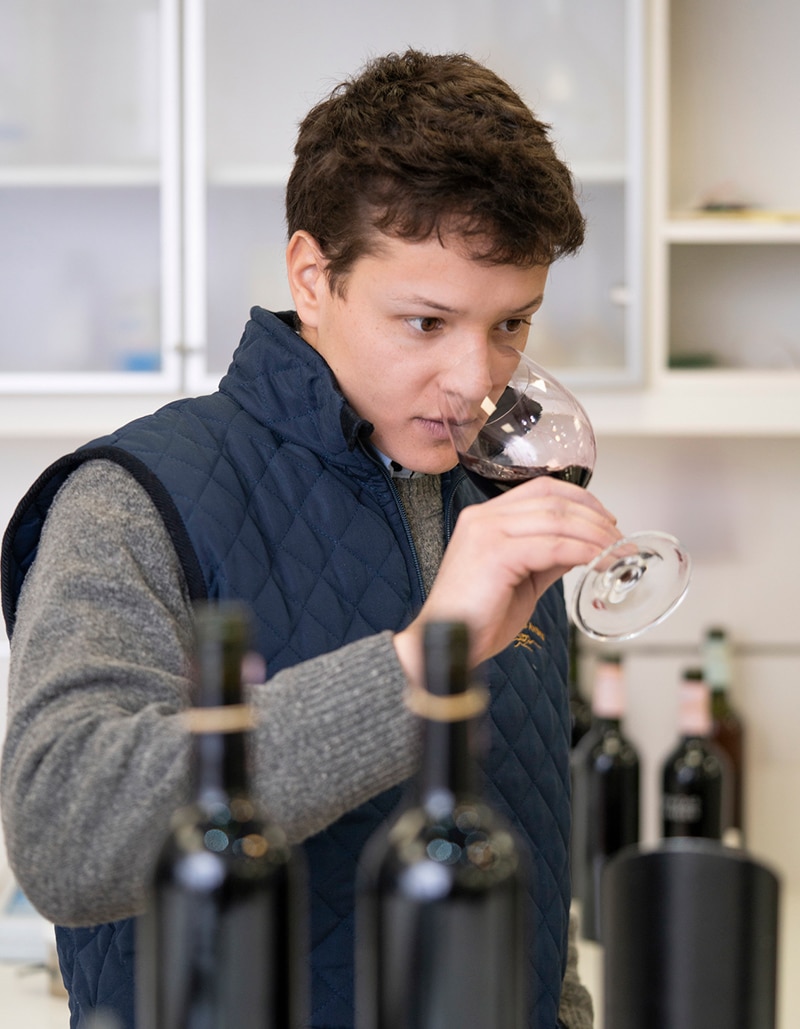
Maître de Chai
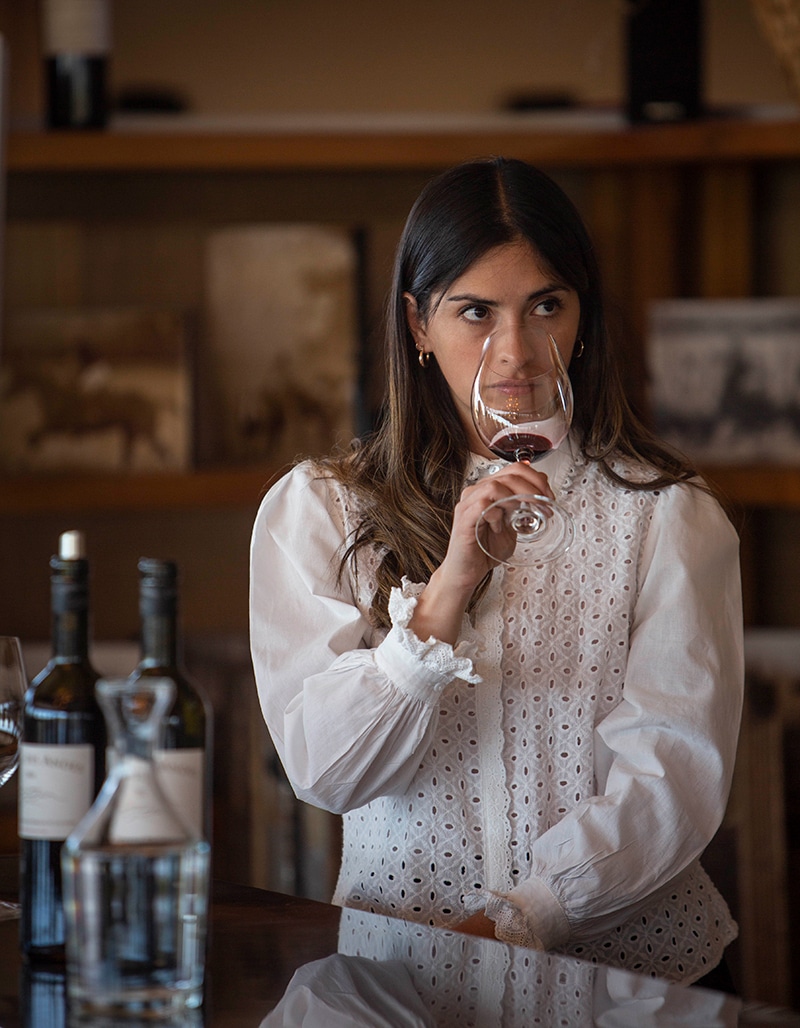
Hospitality & Communications Coordinator
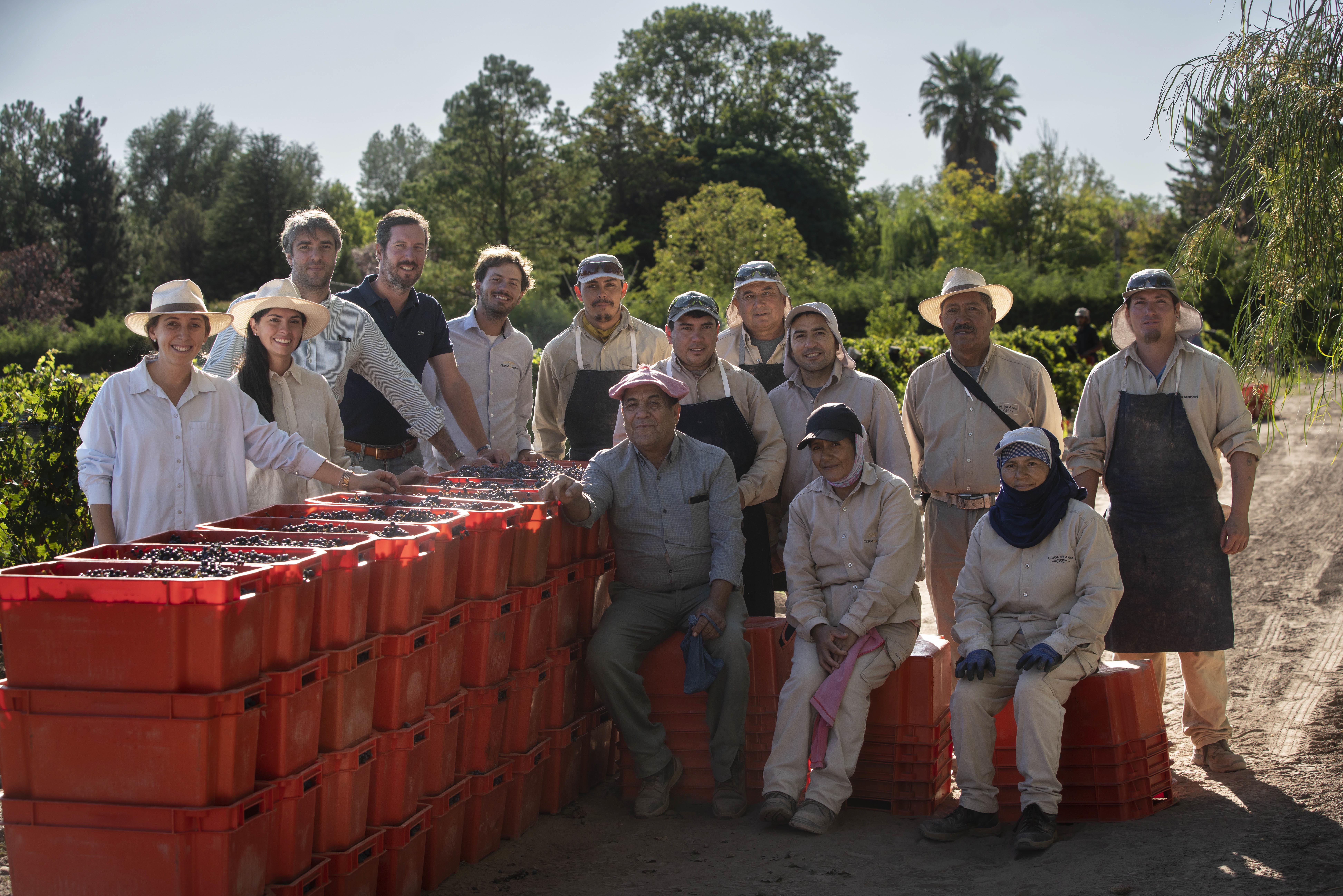
Las Compuertas means “the floodgates” in Spanish – a name which comes from the unique way the vineyard gets its water.
Traditionally, Mendoza vineyards are characterized by a unique flood irrigation method originally developed by the Incas.
Pure water from the snowmelt of the Andes flows down the rivers and is channelled into small ditches that run along the vines. This traditional system has key advantages: because the water is drained at depth, it forces the vines to develop deep roots; it also allows for the cultivation of ungrafted vines by periodically drowning pests such as phylloxera. In 2017, a modern drip irrigation system – still using the snowmelt, which the Estate stores in reservoirs – was implemented.
This technique favours the distribution of water with more precision, increasing the efficiency level from 65% with flood irrigation to 95% with drip irrigation.
“Vines are carefully observed plot by plot and berry samples are tasted on a daily basis in order to determine the precise date of picking. Grapes are harvested by hand during the first three weeks of April and vinified separately by sub-plot.”
Gérald Gabillet, General Director, Cheval des Andes
Vines are carefully observed plot by plot and berry samples are tasted on a daily basis in order to determine the precise date of picking. Grapes are harvested by hand during the first three weeks of April and vinified separately by sub-plot. After the malolactic fermentation, the Cheval des Andes and Château Cheval Blanc winemaking teams come together to create the “pre-assemblage” which constitutes the basis for the final blend. This blend is aged for 16 to 18 months in a selection of new and second-use Bordeaux barrels of French and Austrian oak.
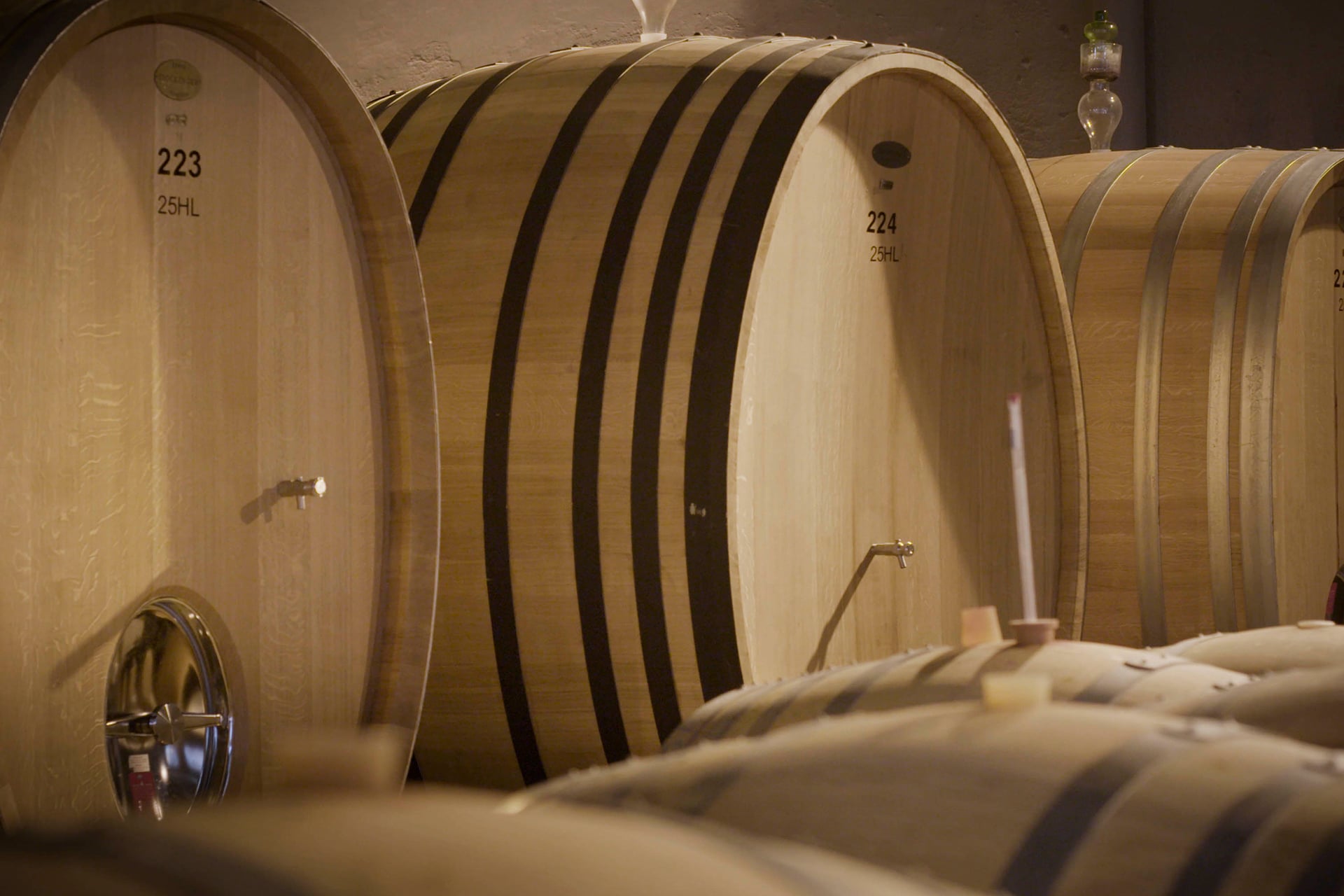
Cheval des Andes is a blend of two main grape varieties: Malbec and Cabernet Sauvignon. Petit Verdot may be added depending on the vintage. Each varietal has a character on its own
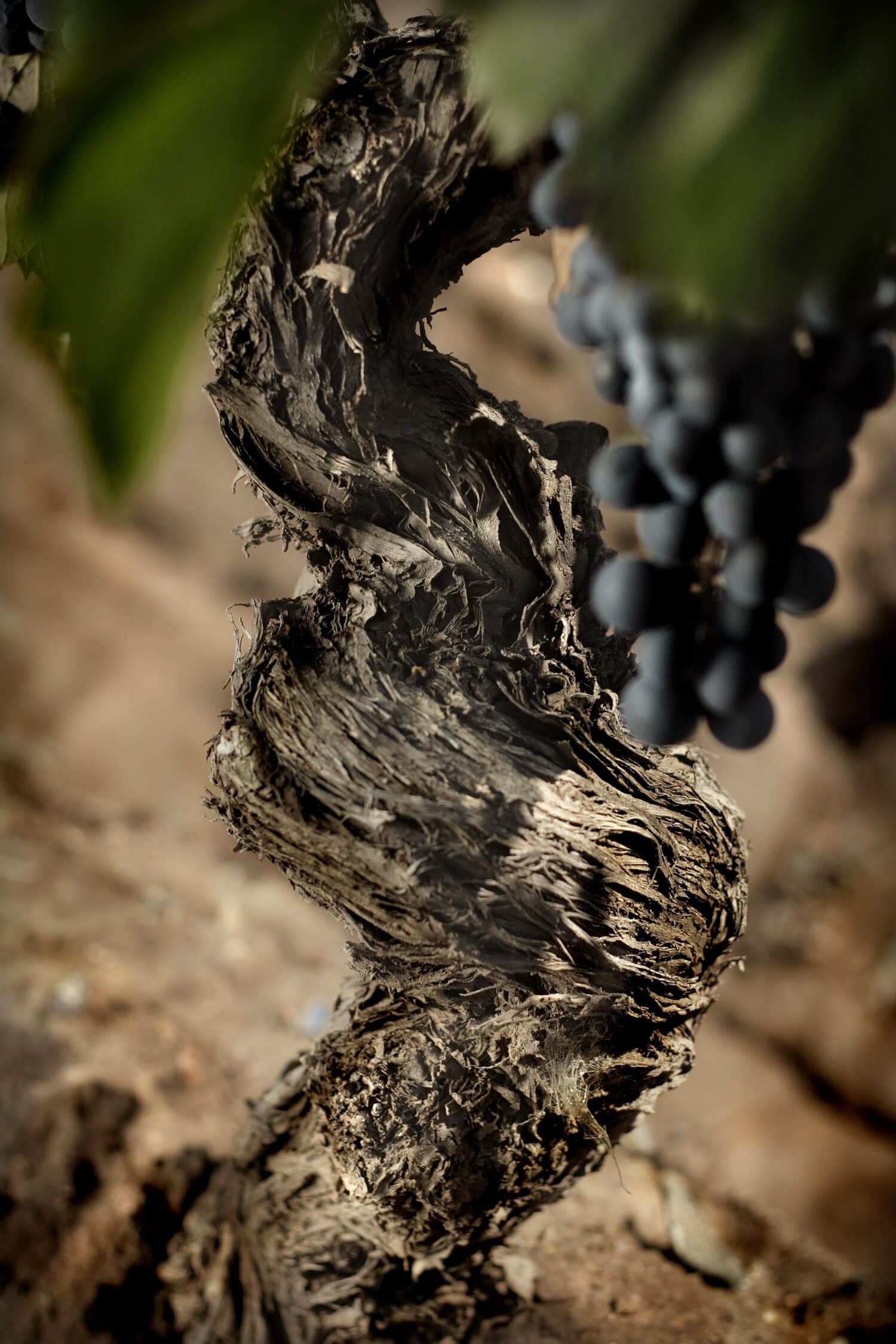
Graceful and distinctive, Malbec contributes flavours of red fruit, especially plum and cherries, and notes of violet. It also adds opulence and density with very elegant, fine tannins.
Cabernet Sauvignon delivers structure, freshness and tension, as well as spicy hints of green and black pepper, as well as red and blackcurrant notes.
Imported from Château Margaux this grape variety is lush and aromatic, prized for its rich colour and flavour, with notes of plum, cherry and raspberry.
The majesty and beauty of the Mendoza terroir inspires the vineyard team every day.
The generosity of the lands creates a need to give back, which is why Cheval des Andes has started a biodiversity project on the Estate, planting flowers and other plants that attract birds and bees, which are natural predators of vineyard pests.
The team has two organic vegetable gardens and an animal farm including sheep, horses, cows, lamas and alpacas. They grow fruit, herbs and olives, which are made into oil. The sheep are sheared to make warm clothing for the vineyard workers. All the animals provide natural fertilizer for the garden.
Today Cheval des Andes lives not only through viticulture and winemaking but also through the desire to share with visitors its love and appreciation for the land.